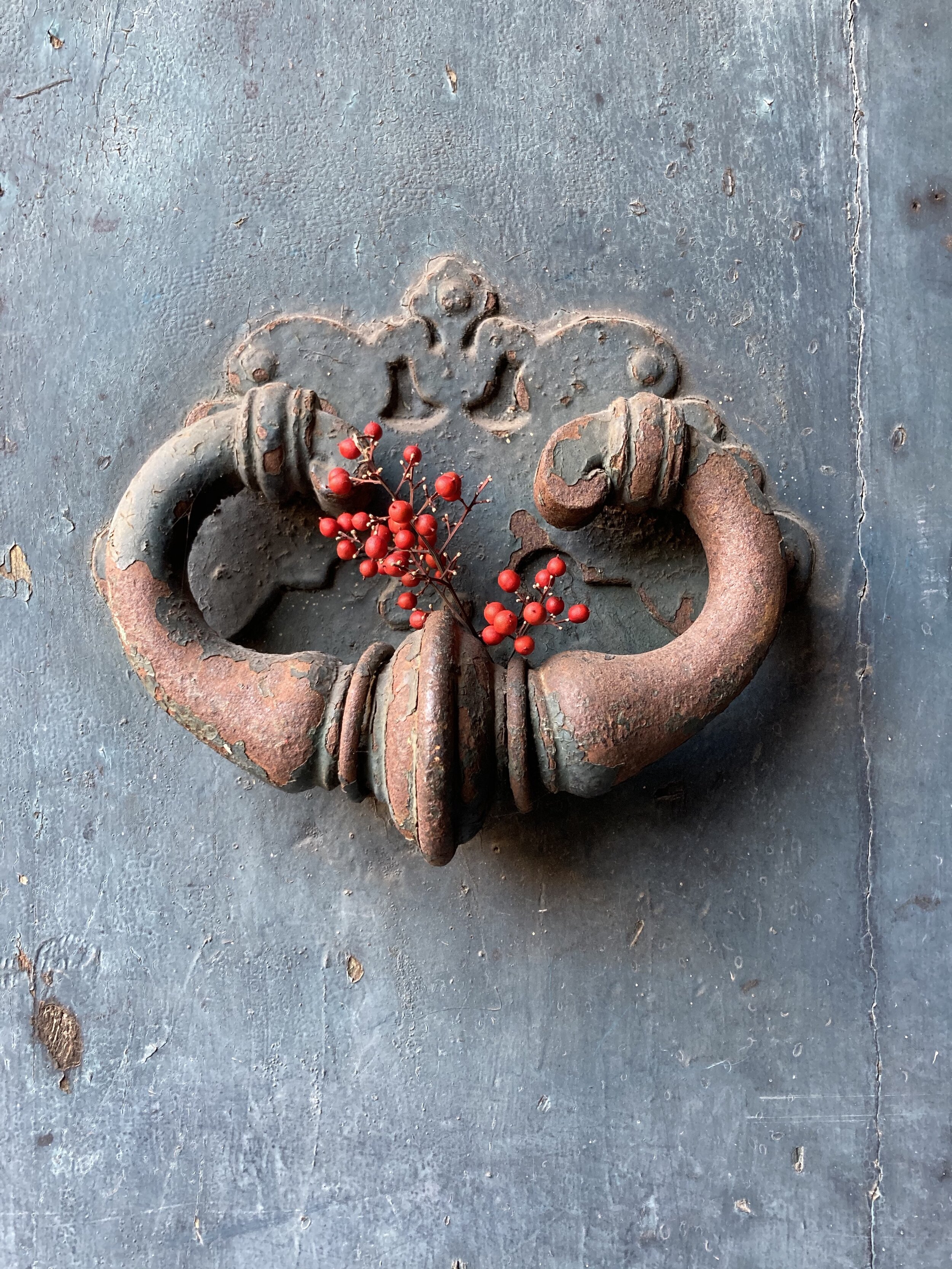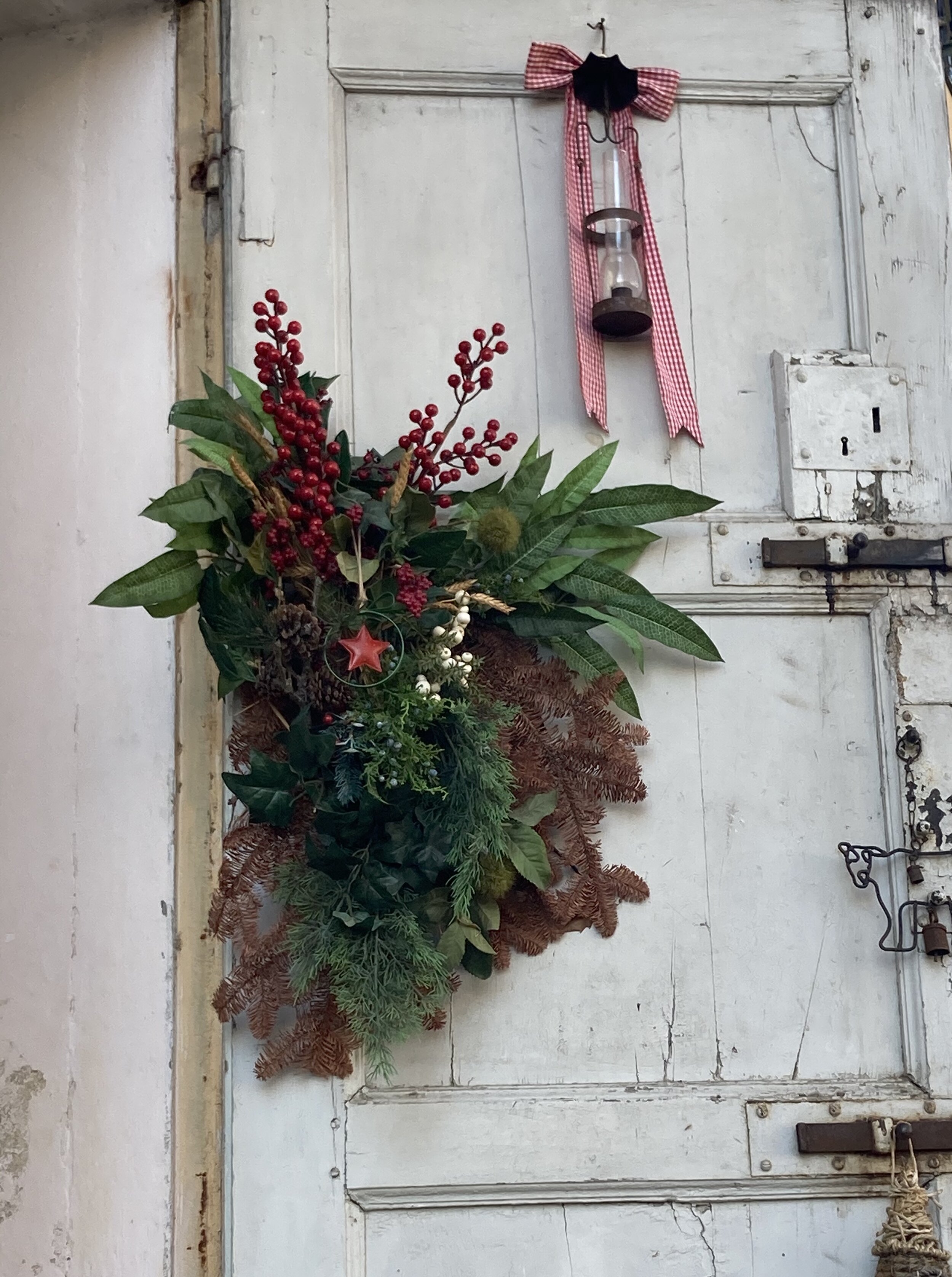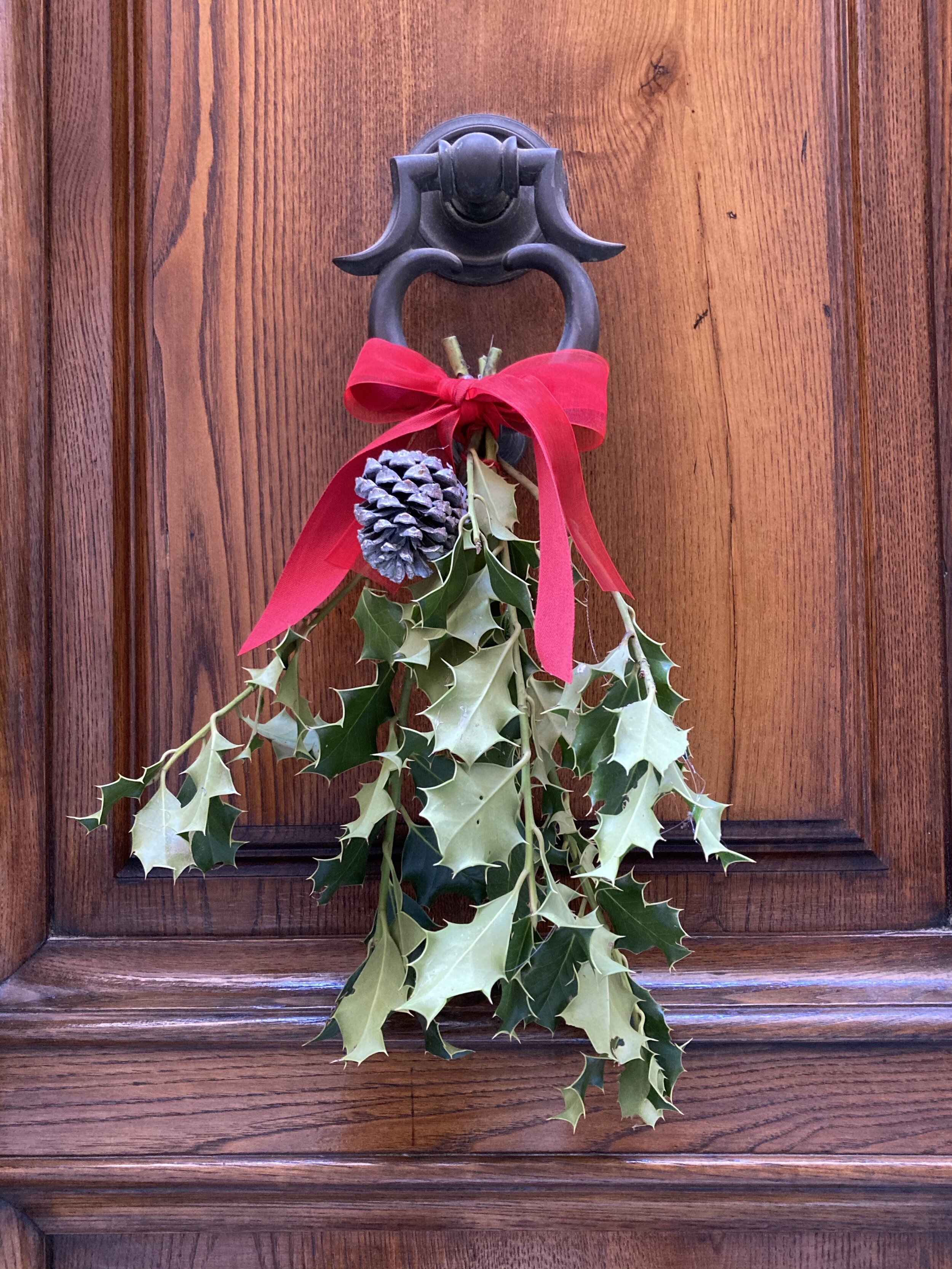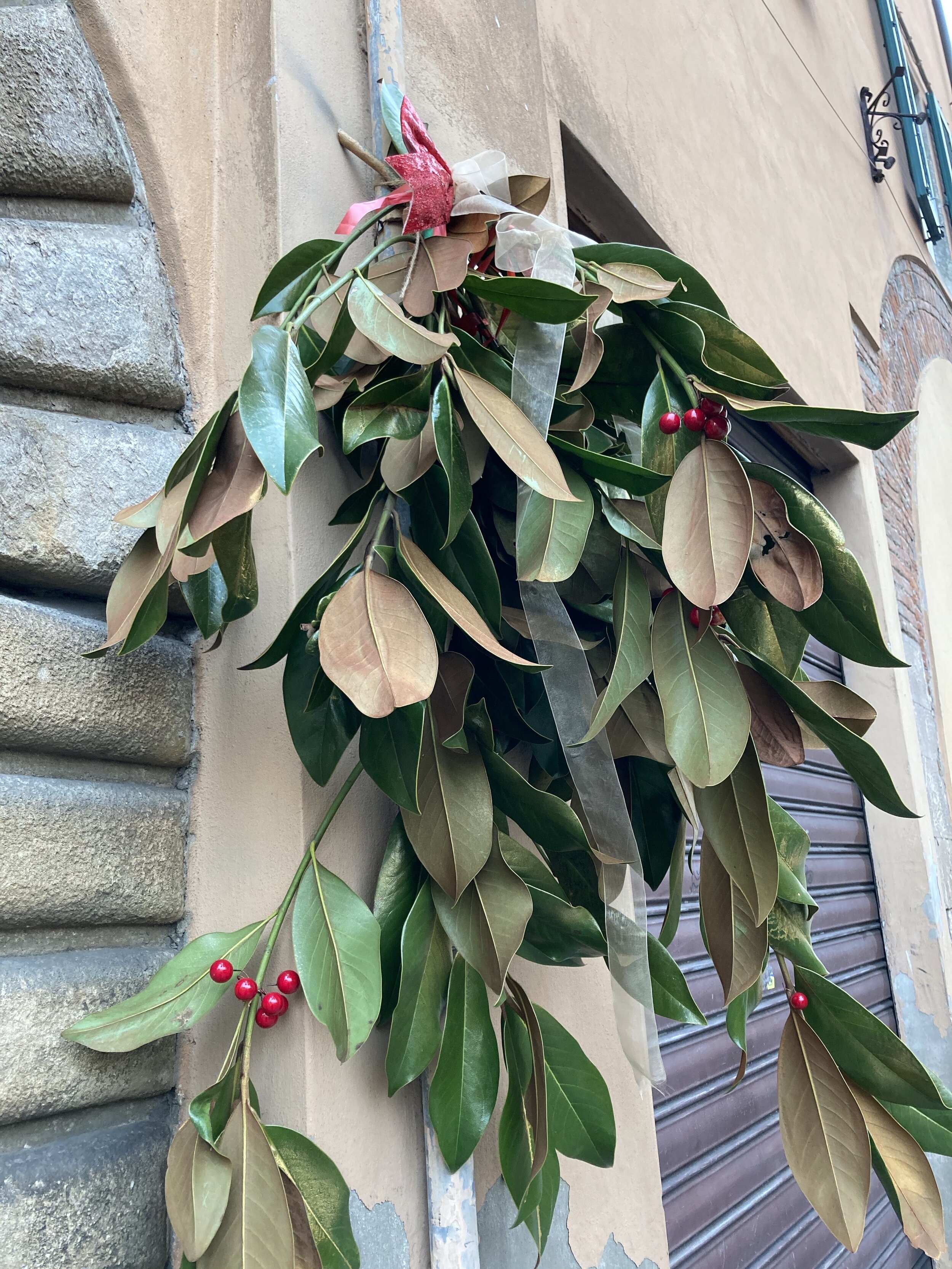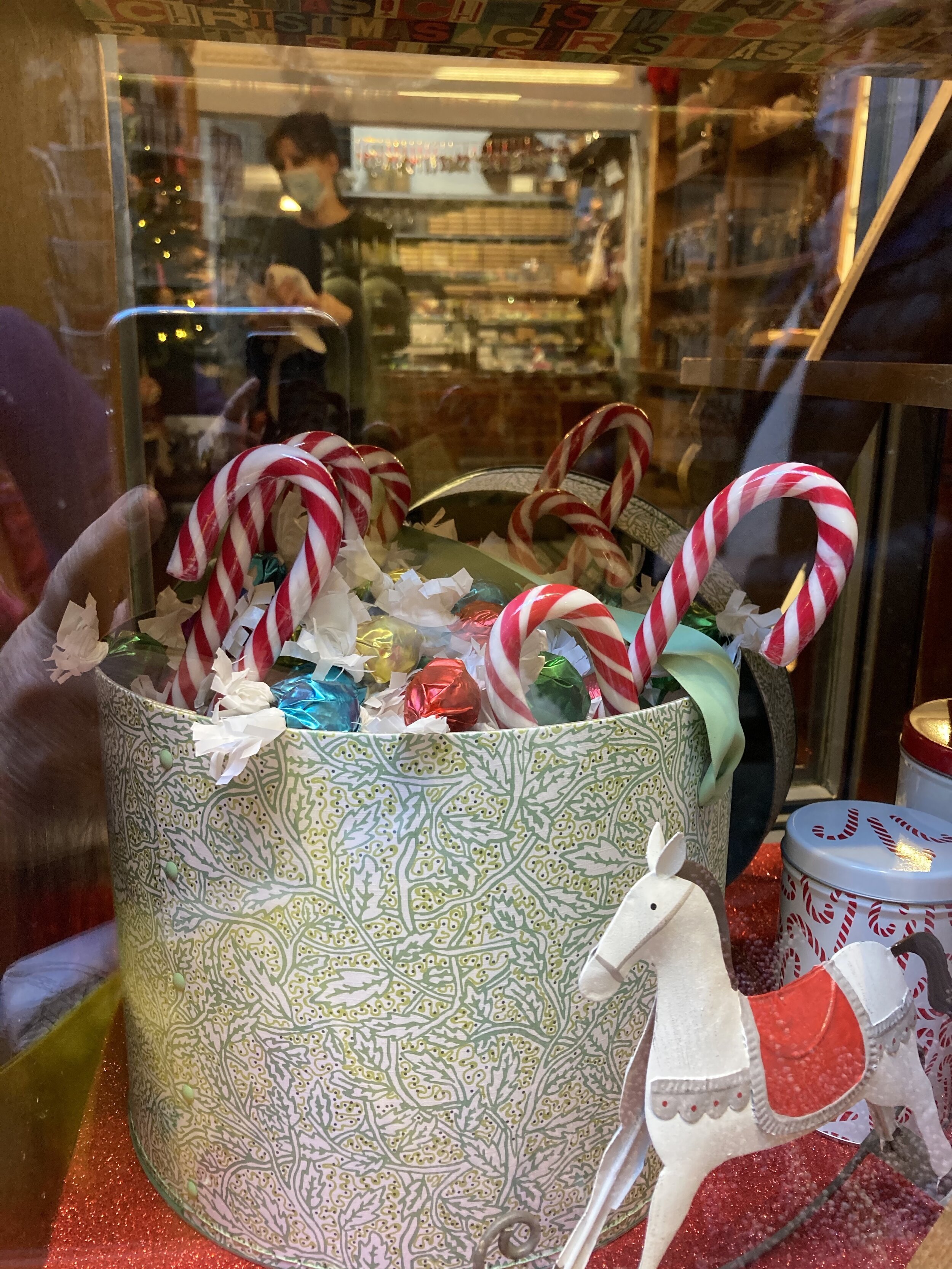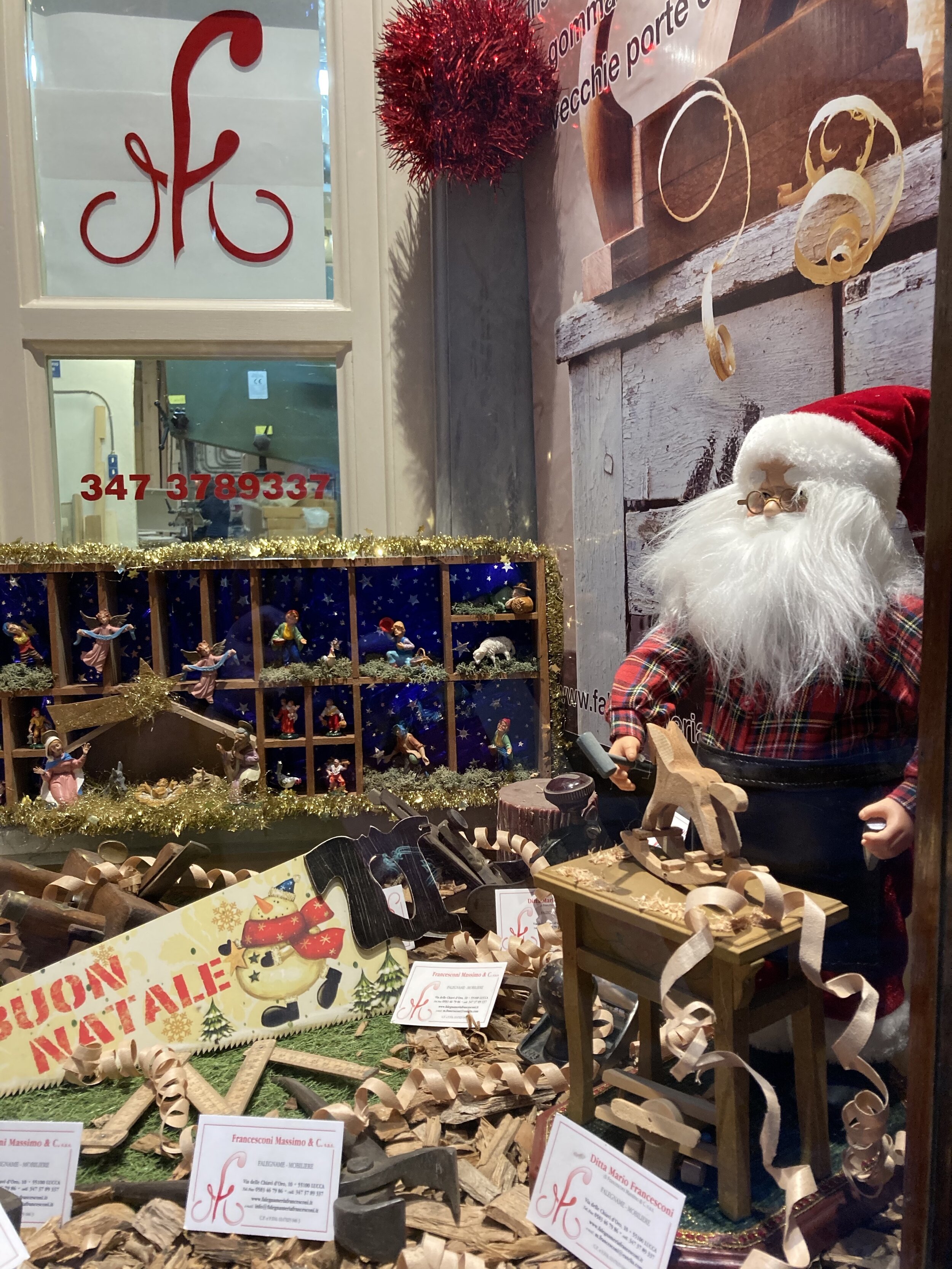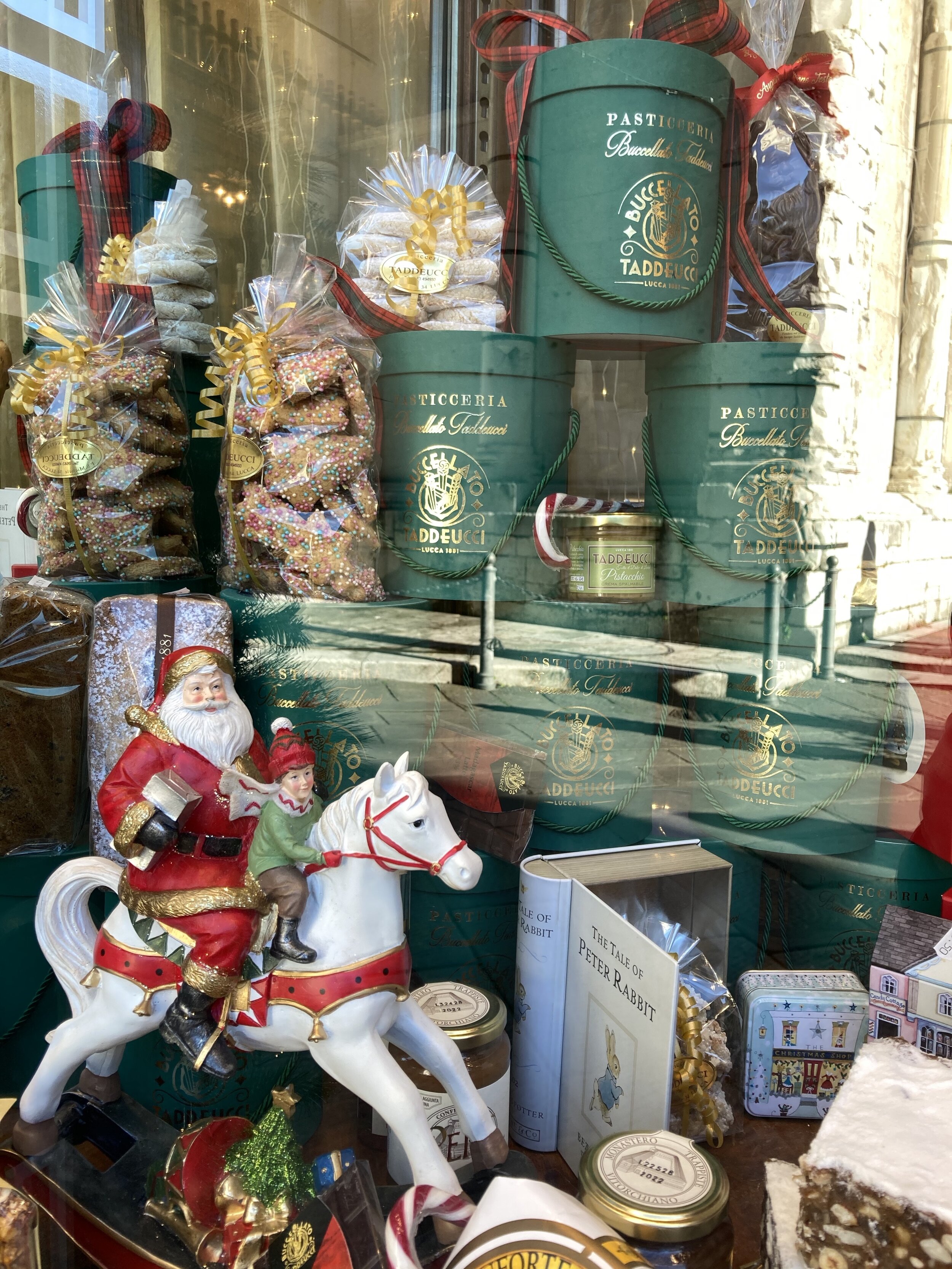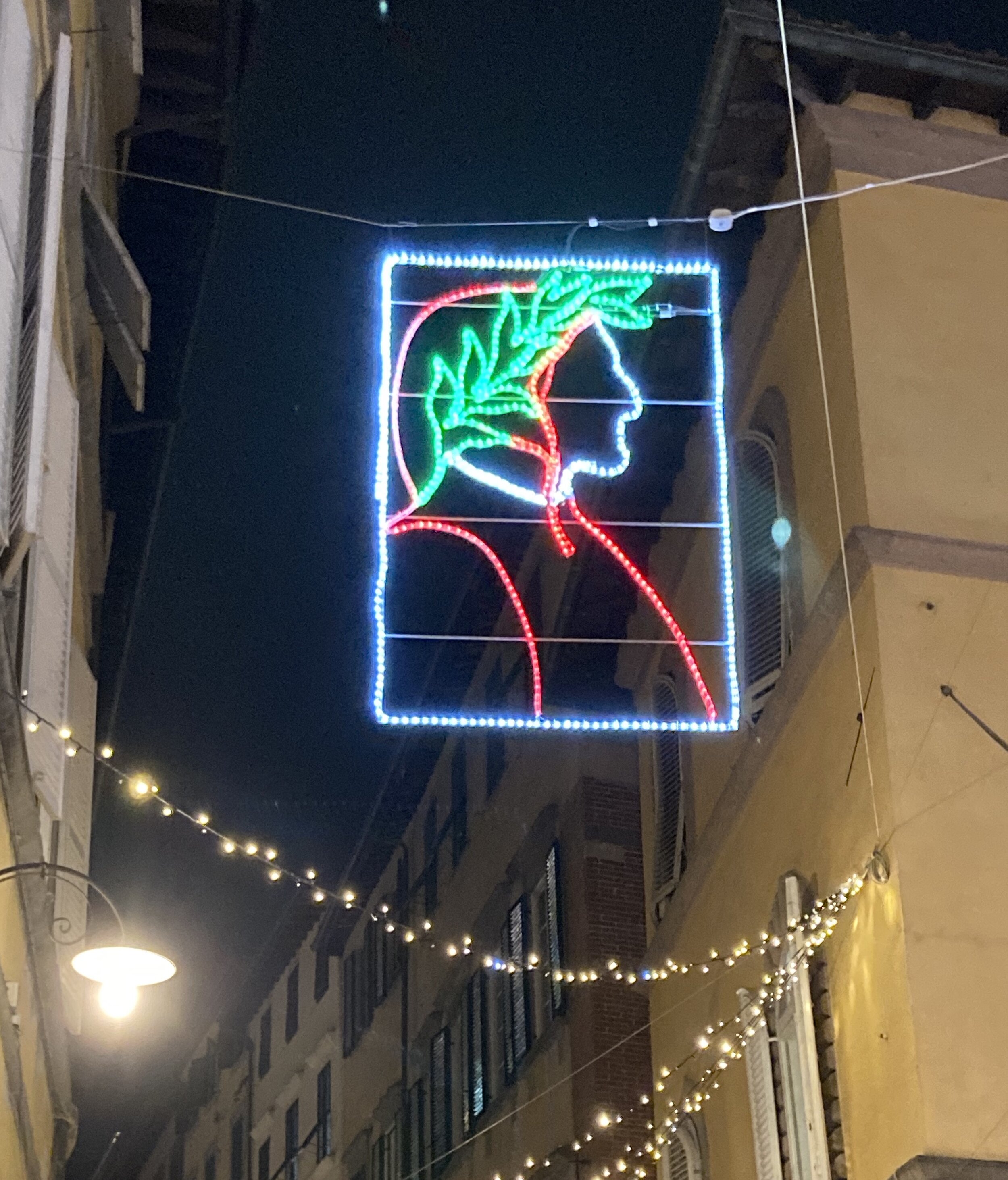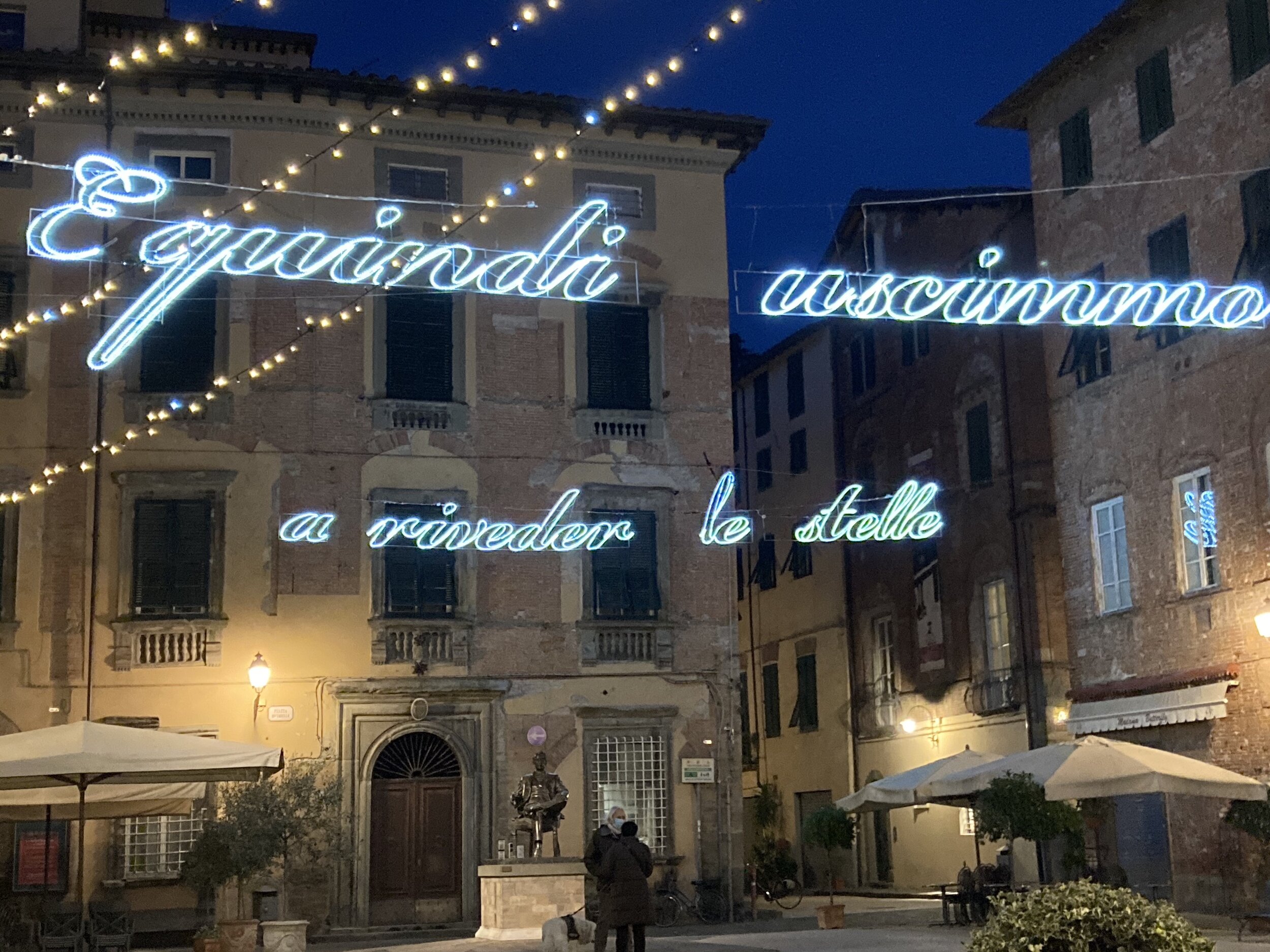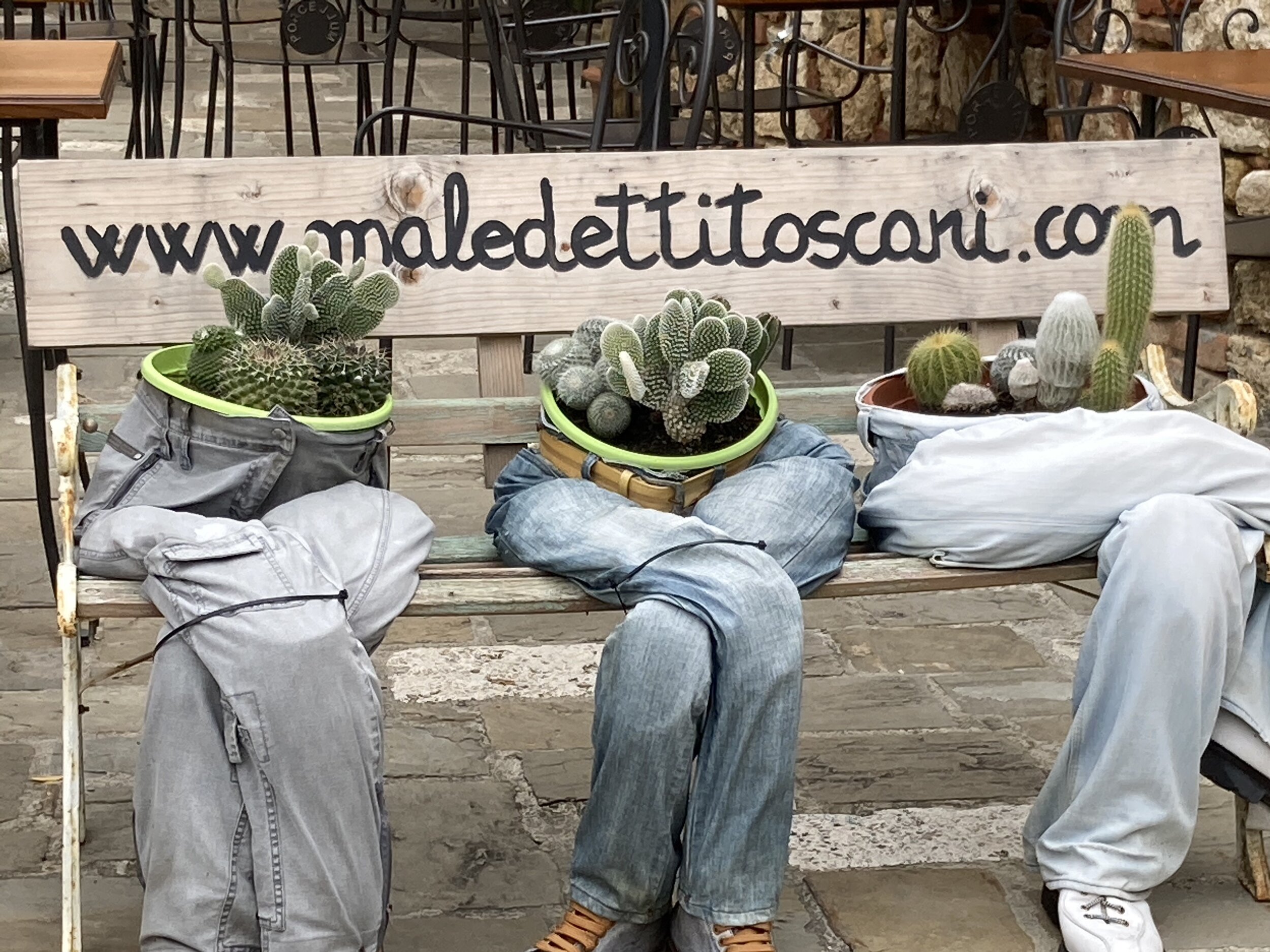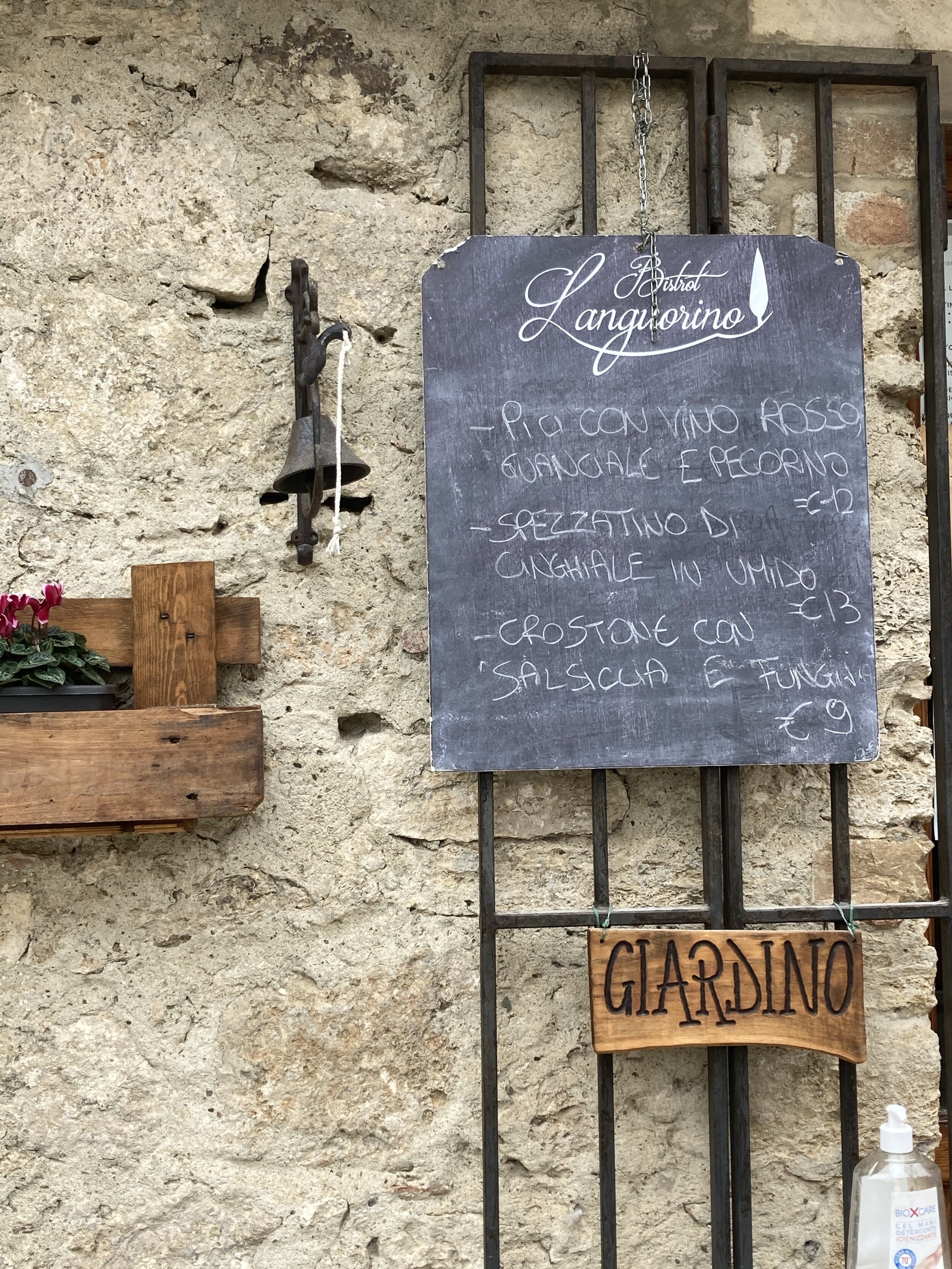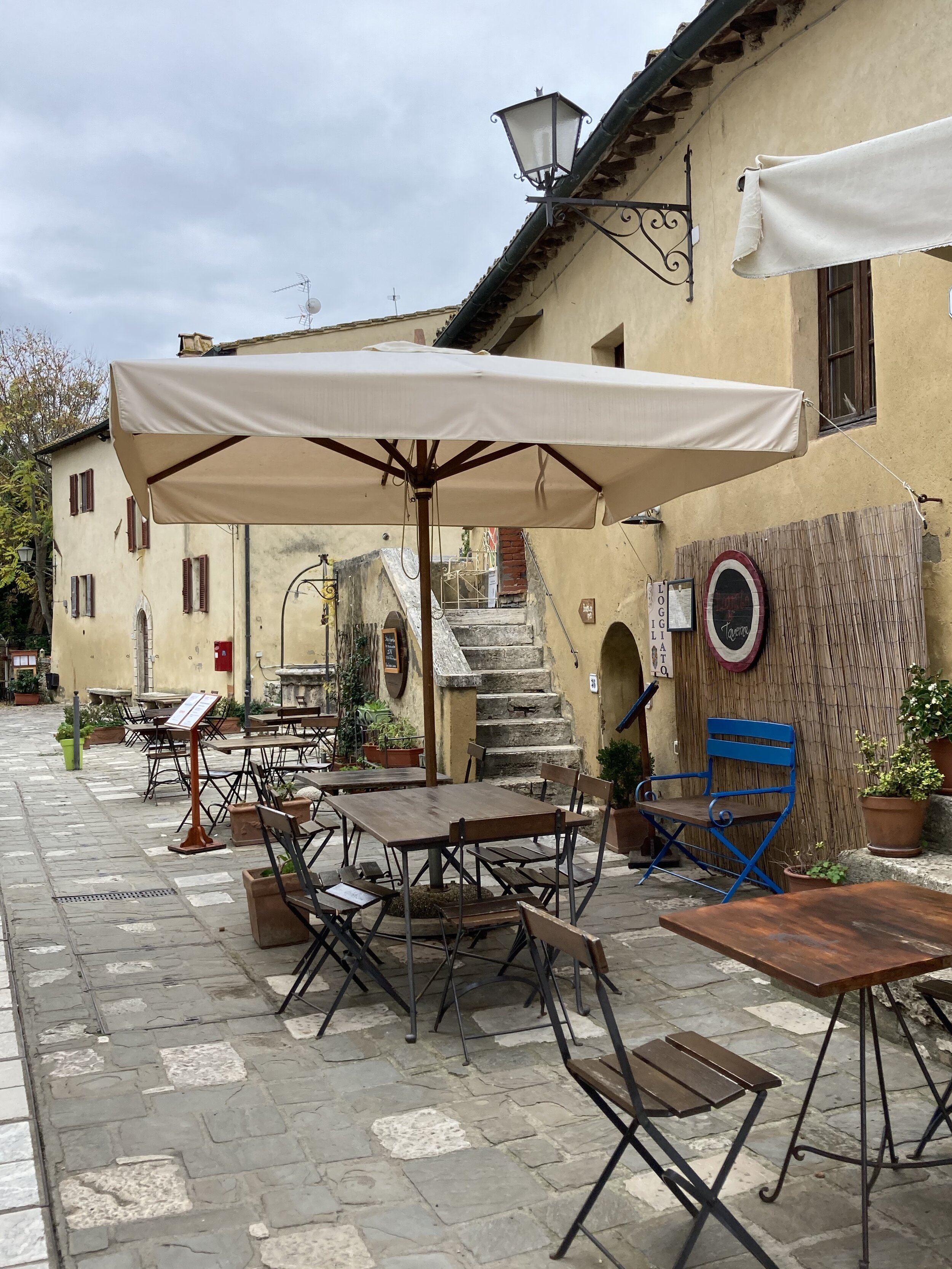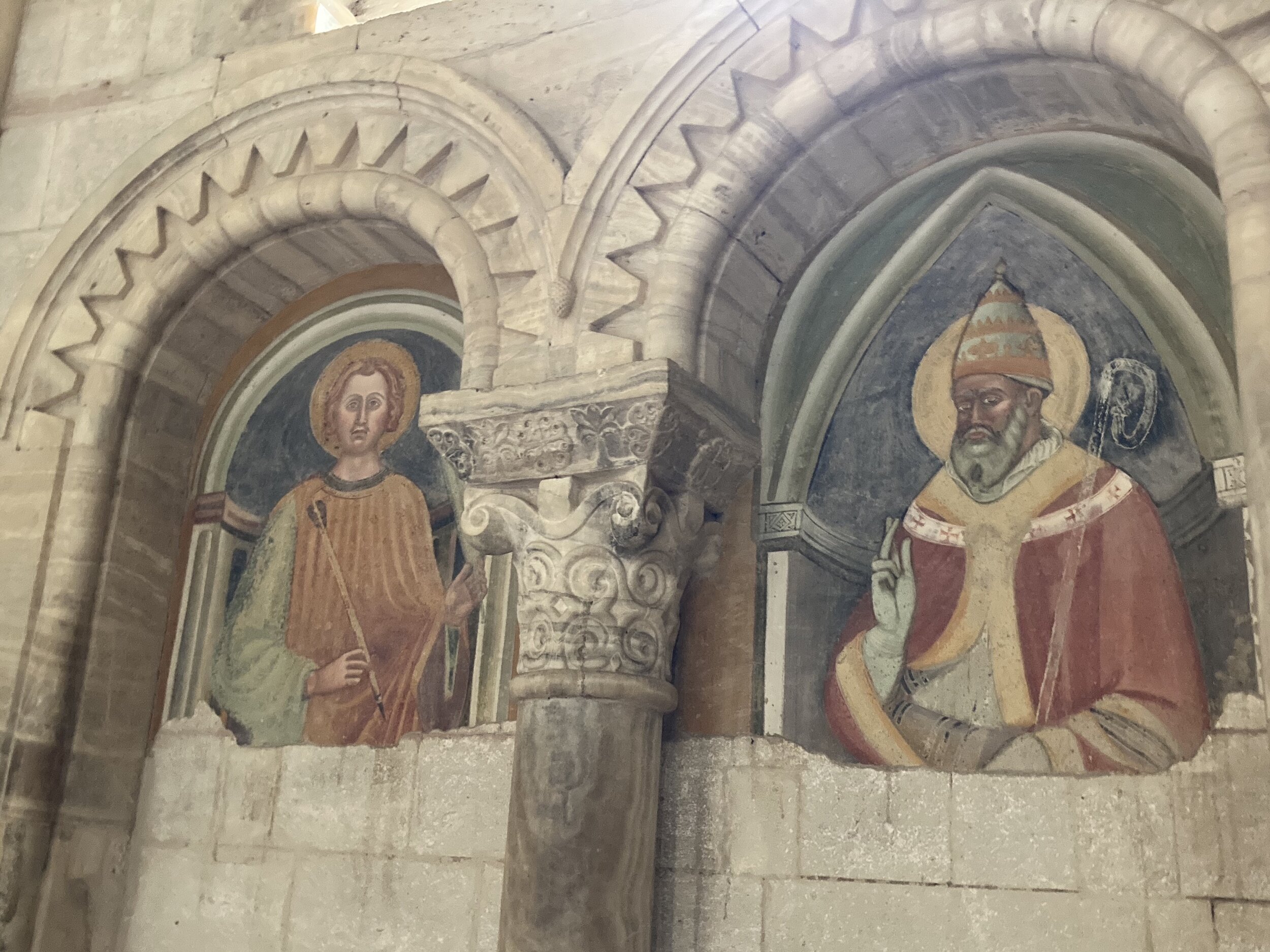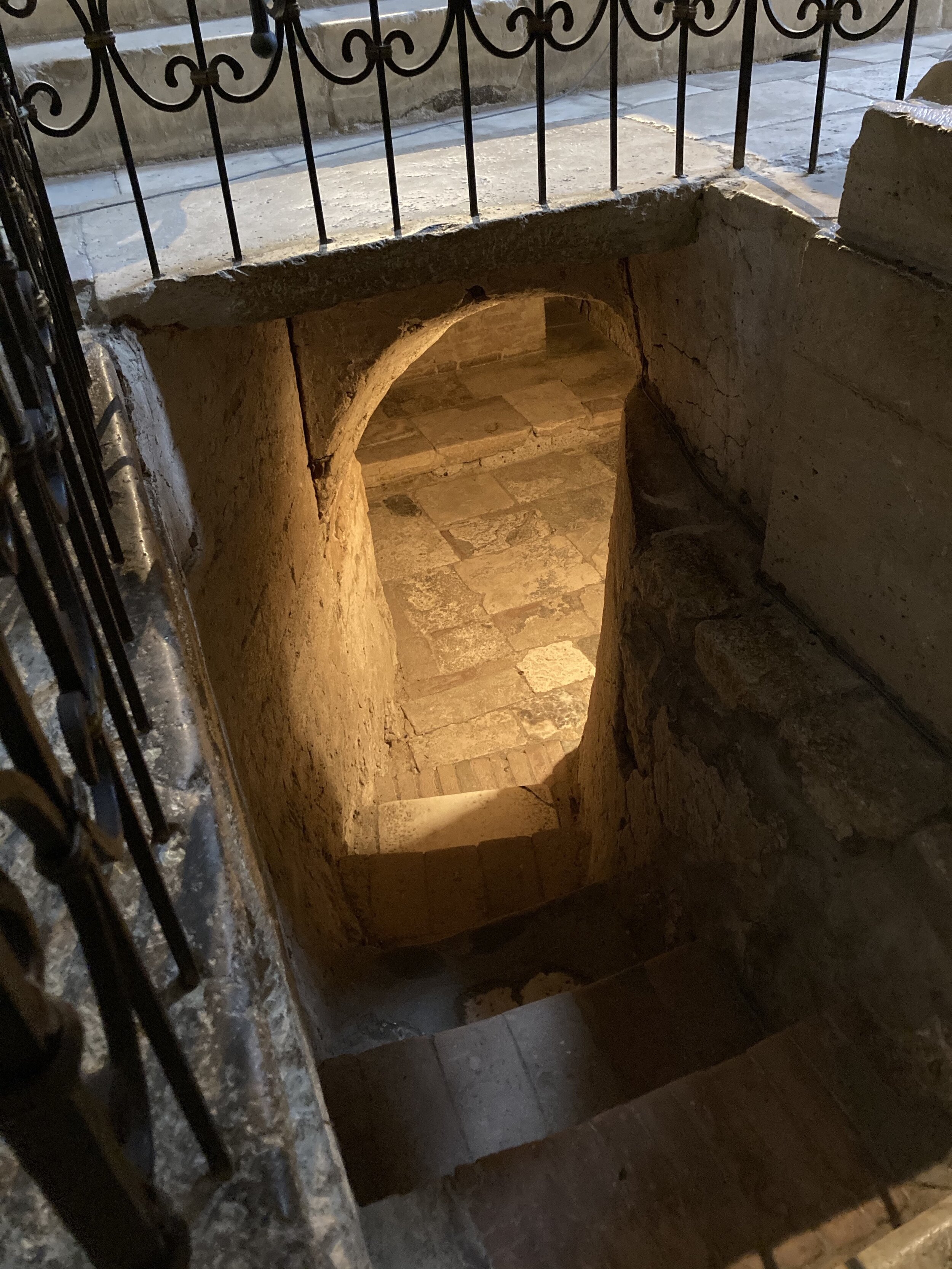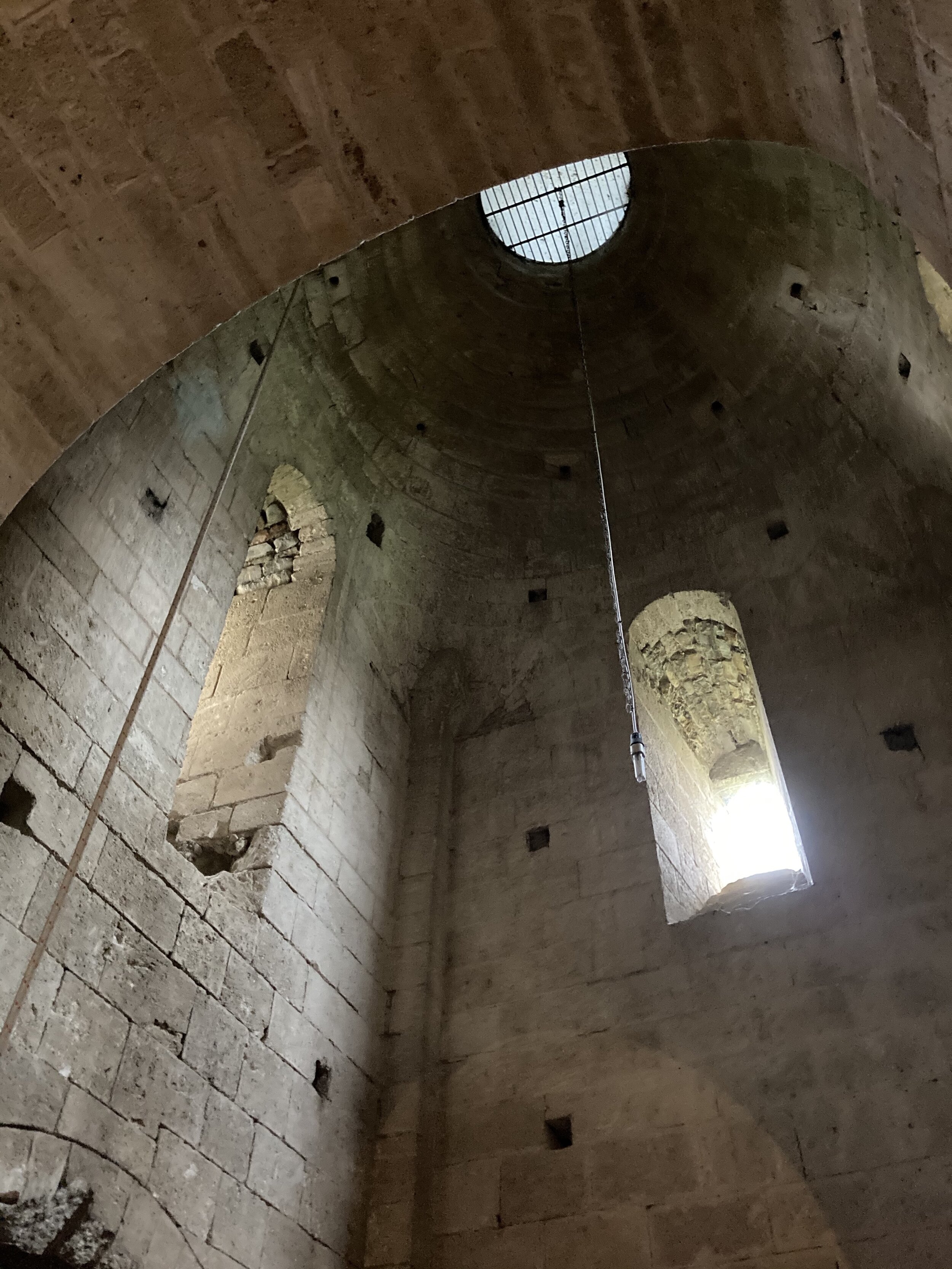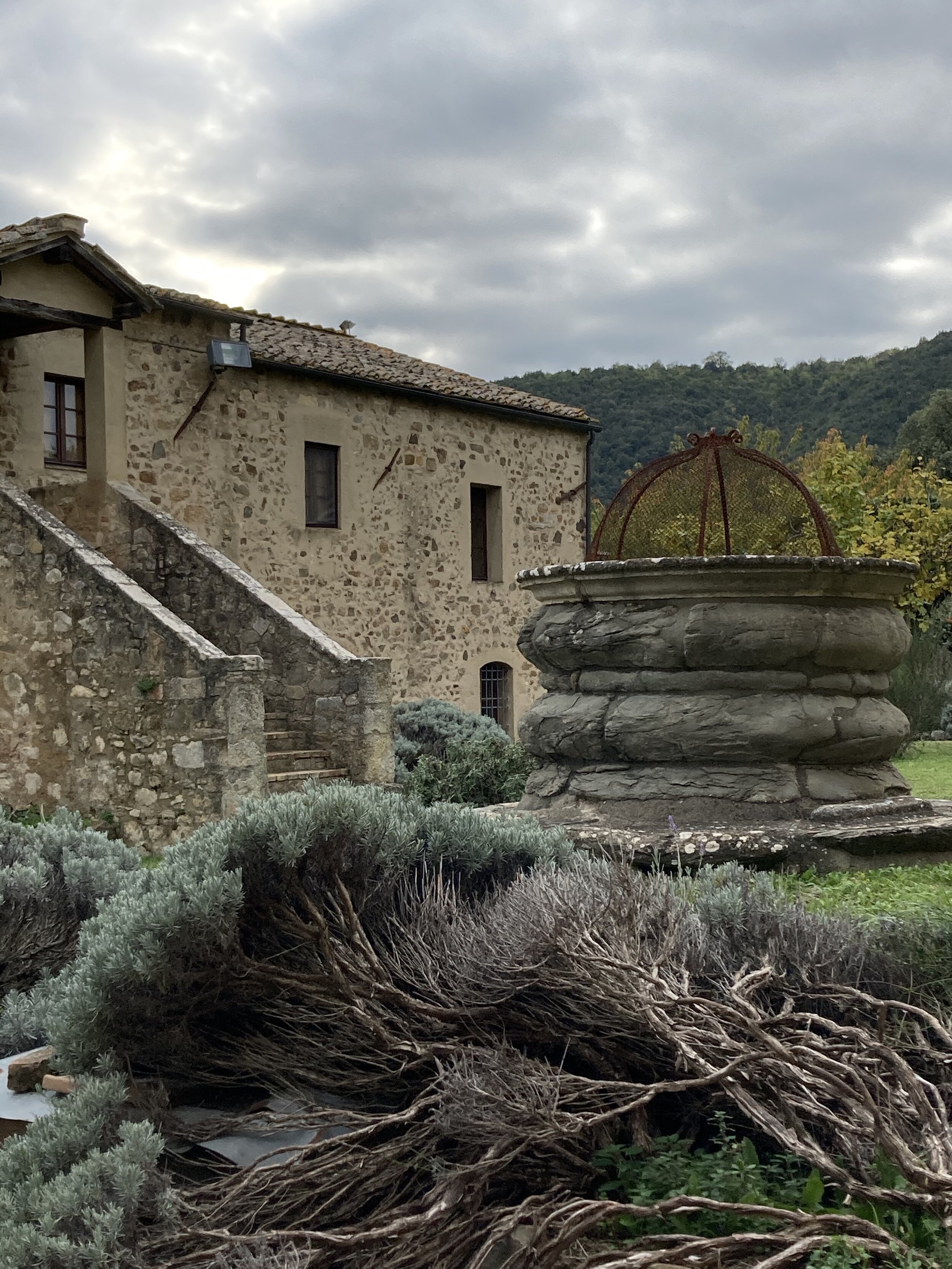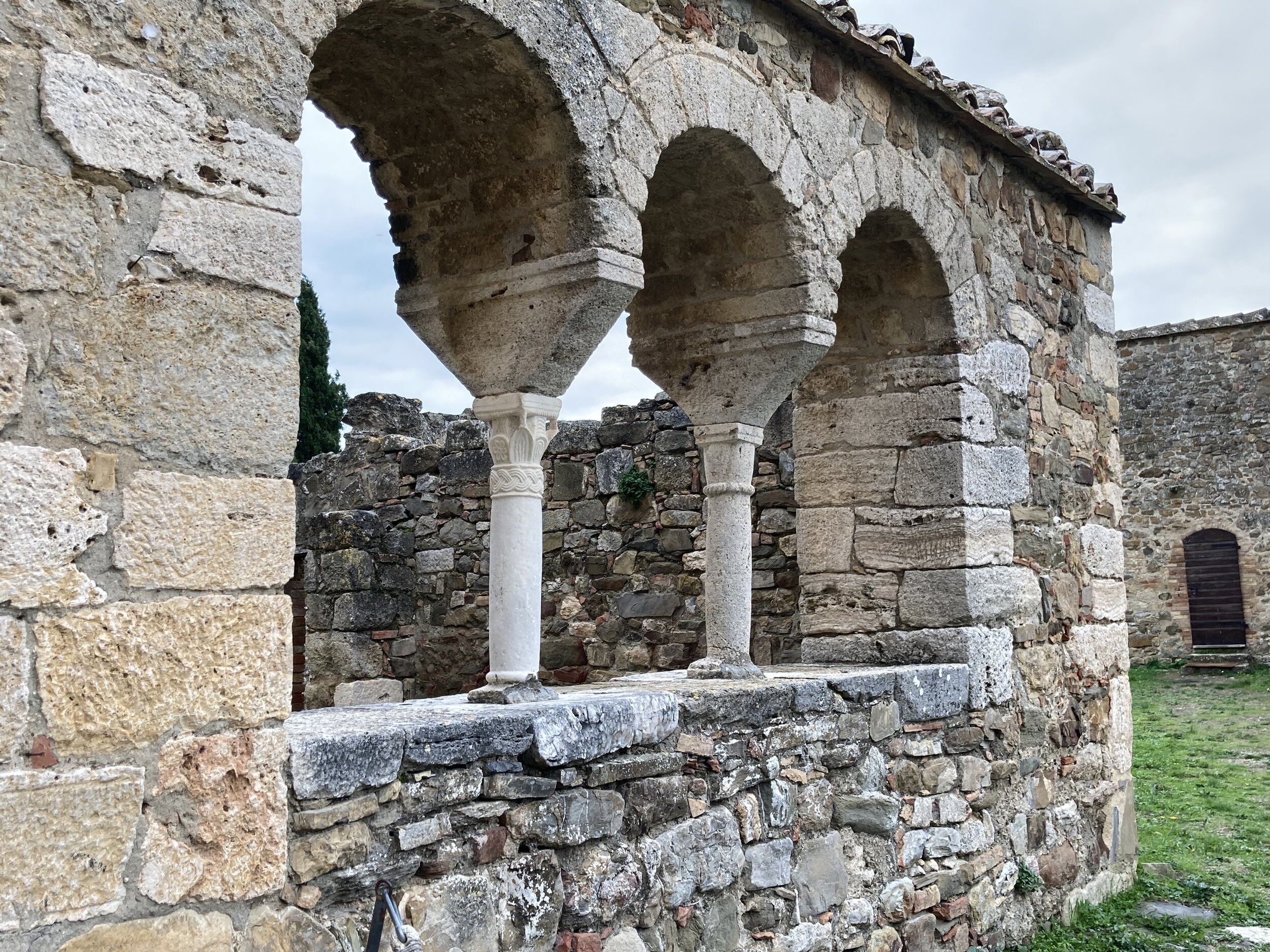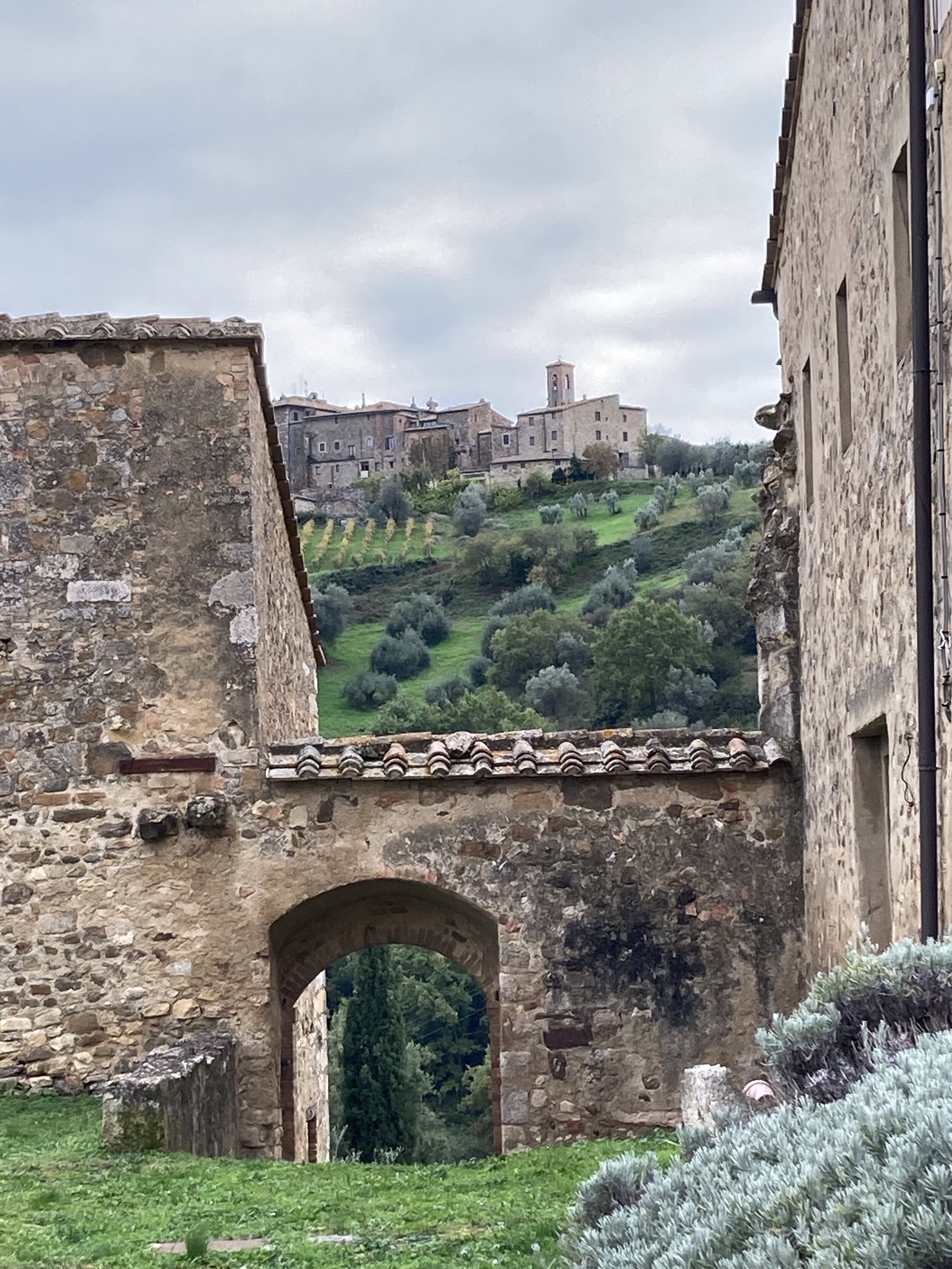Looking Back on 2020 in Italy
What a difference a year makes. This time last year I was enjoying a few days in Rome and preparing for a trip to Venice for Carnevale. By the time I left Venice in early February, the remainder of Carnevale had been cancelled and (though we didn’t realize it at the time) for the rest of 2020 nearly every other cultural event and festival would suffer the same fate. The virus had arrived and life in Italy (and around the world) was fundamentally changed. As 2020 ends and a new year begins, I find myself looking back and looking inward to the things that have been essential this year and those that simply ceased to matter, to the things I missed most, and the people who made life joyful even in the most challenging of times.
Rome, January 2020
My essential list begins with people and connections. Messages from friends in the US and beyond, Zoom apperitivos, daily check-ins with friends living here – all made a difference in coping with the isolation of that first lockdown and the months that followed.
My small “bubble” of friends, the ones I’ve been able to see in person when the rules allowed (and the ones I “accidentally” met at the trash bins or in the line for groceries during the height of restrictions) were essential to both spirit and sanity. Not to mention the ones who stopped by periodically to ring my bell and wave from across the street or to drop off a treat from their kitchen. They are my community and they are the best. Other essentials during this time have been the things that filled time, and engaged my mind, during the lockdown: books, music, writing, cooking (yes, I even did the sourdough thing), puzzles, a pretty view from my window, and Face Time chats with my family. The occasional binge-watch of a good TV series was important too.
In the summer, and again in the fall, restrictions were “softer” and it became possible to visit different cities within one’s home region (Tuscany for me). The short trips I made provided a dose of freedom and a burst of joy. Little outings, mask and hand sanitizer at the ready, were wonderful. A week in south central Tuscany was a gift that will see me through the first months of 2021. Simply sitting an an outdoor cafe and sipping a coffee in a little piazza in a new town - heavenly!
The Capella della Madonna di Vitaleta, near Pienza, on a foggy morning. October 2020. This is one of the most photographed places in Tuscany.
A rare selfie - sipping a cappuccino in Pienza. Early November, 2020
Things that really didn’t matter much included all non-essential “stuff”. Pretty much anything that didn’t play a role in physical or mental health, in personal connections, or in spiritual well-being was an unneeded extra. That was especially obvious this Christmas when the best gifts were simple but meaningful. A Christmas candle, chocolate, homemade foods, a bag of really good coffee, wine - perfect. No dust collectors there! Giving of one’s time, thoughtfulness, and hope are of much more value than things. If that wasn’t clear to all of us before, it certainly is now. Also completely unimportant is dressing up (hooray for comfy clothes and slippers), coloring my hair (after months of salon closures the silver started to show, now, nearly a year later, the gray is full on and suits me just fine). To this list add lipstick (not much need when wearing masks, though sometimes it feels good just to know you are wearing it underneath, sort of like wearing your best lacy underwear even if no one will see it). Mascara on the other hand remains a must. It’s all about the eyes above the mask.
Of all the things I miss, people, smiles, and hugs top the list. I appreciate smiles that spread all the way up to the eyes because that is often all of someone’s face that can be seen. I desperately miss hugs (and those Italian two cheek kisses) and I hate that I feel startled when someone grabs me unexpectedly in a big hug (but I admit that secretly I love that forbidden hug as long as the hugger is wearing a mask).
Missing people is the hardest. I miss family and friends in New Mexico along with several friends who left Italy because of the pandemic. Still others friends are waiting in the US, Canada, or Australia to return to Lucca just as soon as possible. Worst of all was the loss of my good friend Ola, who left this world unexpectedly and all too soon last summer. The fact that the last time I saw her, as she left Italy to return to Canada at the start of the pandemic, we couldn’t even hug, is especially painful. How I wish I had hugged her anyway!
Street art, Lucca Fall 2020
Other things I miss include the “normal” daily life in Italy. A coffee in a café, an apperitivo in a sunny piazza, a sagra in a small town, festivals and ceremonies, art shows and concerts. I miss my face-to-face language lessons at Lucca Italian School but am thankful for their on-line lessons. I find it sad that the Italian government has not helped support language schools as essential businesses and many of them struggle to survive. I encourage everyone to sign up for an on-line Italian class and plan a study trip to Lucca just as soon as possible!
Just the ability to take a walk through Lucca is a treat. I spotted this pretty window on a December stroll.
I especially miss the opportunity to travel more. I was fortunate to have had a couple of trips before lockdown and during periods of lighter restrictions. But other trips were cancelled and planning travel is uncertain. As the new year begins, one of the hardest things for me is having no upcoming trips on my calendar. Not even a day trip. And there are so many places to see in Italy, it is part of the reason I moved here (below, Volterra, Siena, Rome). As for travel back to the US to see family, that is nearly impossible right now. That’s a hard one! Hopefully, flights will resume and vaccines will make transatlantic travel possible soon.
Those are the personal things that I miss. But in a larger sense, I am saddened by what has happened in Italy this year - the loss of life, the isolation of many persons (especially the elderly), the family disruption, and Italy’s economic losses. Watching the crisis unfold here in Lucca has been heartbreaking. It is marked by daily tolls of illness and death in the news, cycles of closures of schools, museums, and shops, and by empty streets. There are many shuttered businesses (especially restaurants), empty storefronts, and a tremendous anxiety in workers and families. Italy will need our help to recover and one of my greatest hopes for 2021 is that travel will open up and tourists (and tourist dollars) will return to Italy. Italy remains a special place – full of history, art, beauty, and its musical language. The people here are kind, resilient, and hopeful. I hope to see many of you here in 2021 (after 2 doses of the vaccine and with a supply of masks). Buon Anno! Andra` Tutto Bene !










